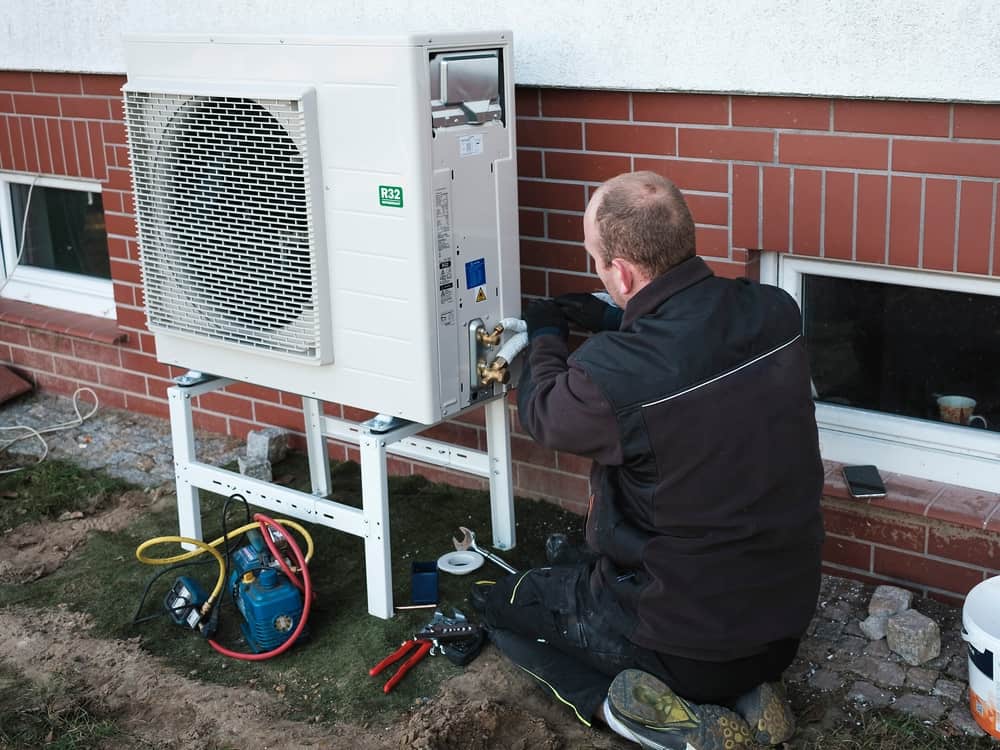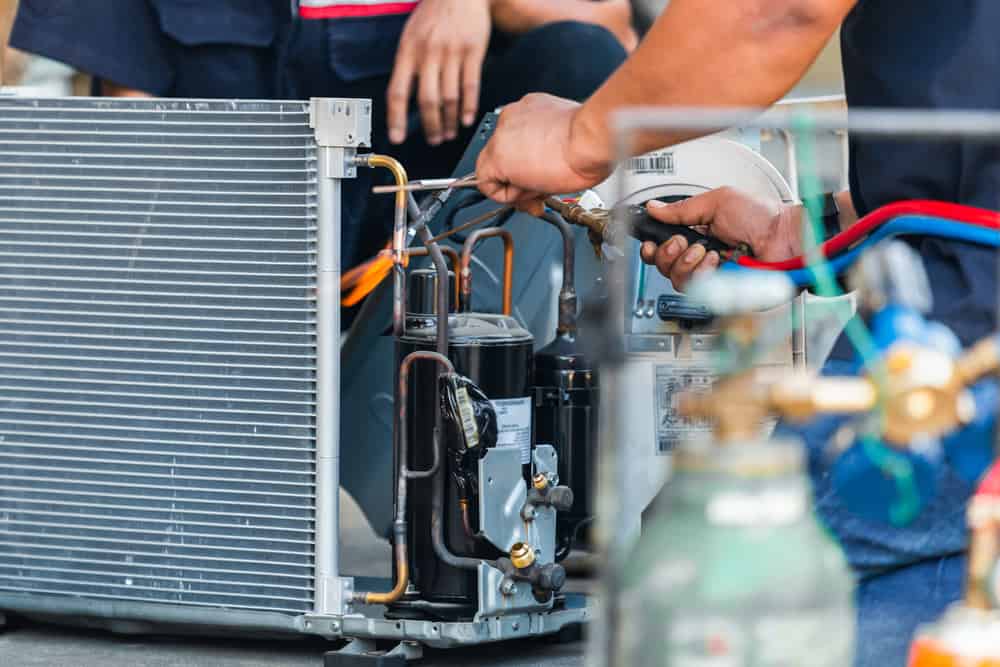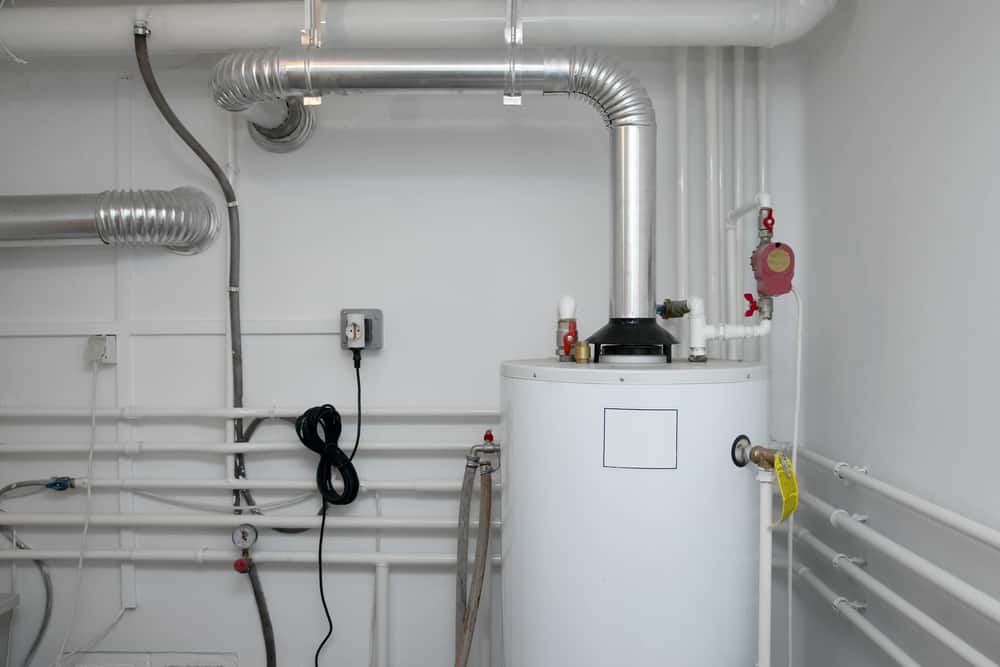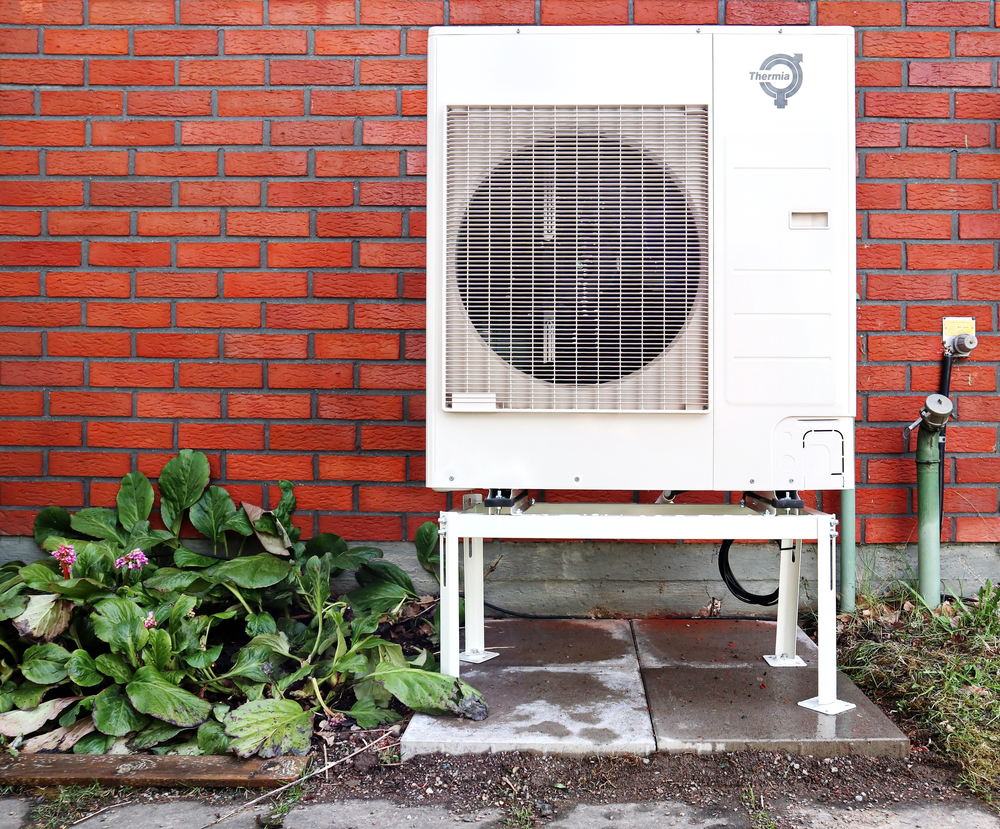
A heat pump is a relatively affordable and environmentally-friendly way to address your home’s heating and cooling needs all year round. Working like a reverse refrigerator, it absorbs heat from the outside and transfers it to the inside of your home during winter. In summer, a heat pump transfers heat from the inside of your home to the outside, cooling your home efficiently and effectively.
Proper heat pump installation is critical to its functioning: This is NOT a typical DIY home project. Below, we discuss some key steps for heat pump installation, pre-installation considerations, and why you need a licensed HVAC expert to ensure the installation is done correctly.
Considerations Before a Heat Pump Installation
The type of heat pump installation you will need depends on the type of system you select, including ducted or ductless, with mini-splits, or a centrally packaged system.
A ground-source or geothermal heat pump involves a complicated installation process because loops of pipe must be installed in the ground and/or water to transfer heat. Depending on the availability of space, these ground loops can be installed vertically, horizontally, or a combination of both in-ground and water sources. While extremely energy-efficient, quiet, and durable, geothermal heat pump installations also cost several times more than air-source systems.
In contrast, air source heat pumps are more affordable and simpler to install. No matter what type of heat pump you select, the installation process is not a DIY project: it requires the expertise of a licensed HVAC technician or contractor. Following are some common pre-installation considerations:
- Your home’s heating and cooling requirements: Before a heat pump installation, your HVAC contractor will inspect your premises to assess your home’s heating and cooling requirements. This will also assess the layout, existing equipment, ductwork, etc., to determine the installation levels inside the home, the type of heat distribution (radiators, underfloor heating), and other existing factors.
- Size and design of an efficient heat pump system: The metric to determine the size and design of a heat pump is not simply your home’s square footage. Your heat pump installer will do a Manual-J load calculation—which pinpoints a building’s HVAC capacity—to determine the properly sized heat pump for your household. In addition to your home’s total square footage, the Manual-J load calculation considers parameters like the square footage of the basement floor, insulation thickness, ceiling height, number of doors and windows, number of occupants, and more.
- Location for installing your heat pump: A heat pump needs enough space surrounding it to function properly. The outside unit should be in an area with freely moving air—usually along an outside wall. Your contractor will determine the best location for your heat pump installation during the on-site survey.
- Financing heat pump installation: As a California homeowner, you are eligible for federal tax incentives and direct rebates for heat pump installations that increase your home’s energy efficiency. Your HVAC contractor is the best person to guide you through the applicable incentives for the purchase and installation of a heat pump.
The renewable energy tax credits for geothermal heat pumps are now available through December 31, 2023.
Once the pre-installation considerations have been taken care of, it is time for the actual installation of your heat pump system.
The Heat Pump Installation Process
Heat pump systems with single units are relatively easier to install than those with multiple units, which means the installation is also faster. Similarly, ductless systems have a shorter installation time span than those with ducts. Most heat pump installations include the following basic steps:
- Installation of indoor units: The indoor unit, also called the air handler unit, comprises a coil and a fan. In cooling mode, the coil acts as an evaporator while in heating mode, it acts as a condenser. The fan moves air across the coil and through the ducts inside the house. Heat pump installation usually starts by installing indoor units. For a first-time installation, laying out the ductwork for air circulation is the first step. With a ductless heat pump system, your HVAC installer will install a mounting plate on a free space on the wall and secure the indoor unit to it. With a ducted system, the indoor unit is connected to the ductwork located in the attic, basement, or any other area of the house.
- Drilling access points: To run piping and lines, your contractor will drill a hole in the wall which will serve as an access point between the indoor and outdoor units. The access point is an outlet for refrigerant, condensate, electrical lines, and others. In ducted systems, the access point is usually near the indoor air handler—in the attic or basement area.
- Installation of outdoor units: The outdoor unit is similar to an air conditioner and comprises a compressor and a condensing coil. Larger heat pump systems are typically installed on a concrete slab on the ground while smaller systems are mounted to the side of your home.
- Connecting indoor and outdoor units: The electrical lines and refrigerant lines connect the indoor and outdoor units. Your HVAC contractor will insulate these lines to protect the wiring inside. To bring the condensation from the system out, they will also install a drain line.
Once these basic steps are complete, your contractor will secure the pipes and install additional heat pump components such as sensors, wireless remotes, and others. Because of the complexity involved in a heat pump installation, you need an experienced and certified HVAC professional who can properly install your system.
Partner With A Trusted Heat Pump Installer
At Baker Home Energy, we are committed to helping you find the right-sized heat pump for your household and installing the system properly. Our team of highly experienced, licensed, and certified HVAC technicians helps you through the entire heat pump installation process including free consultations, recommendations of the most trusted brands, pricing, warranties, and financing options. We take pride in providing outstanding customer service not only during heat pump installation but also through ongoing maintenance and repairs.




